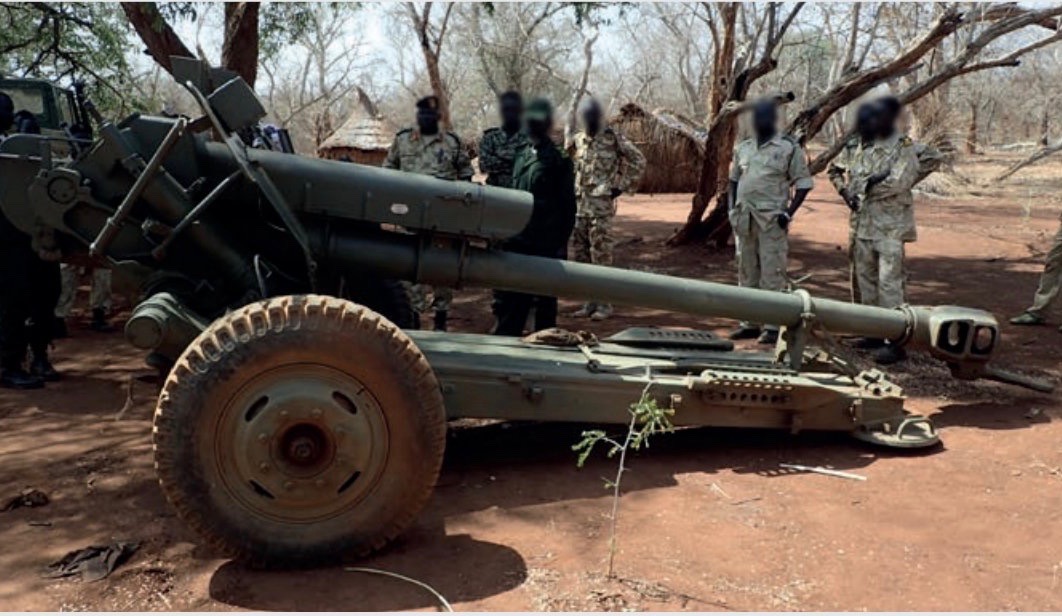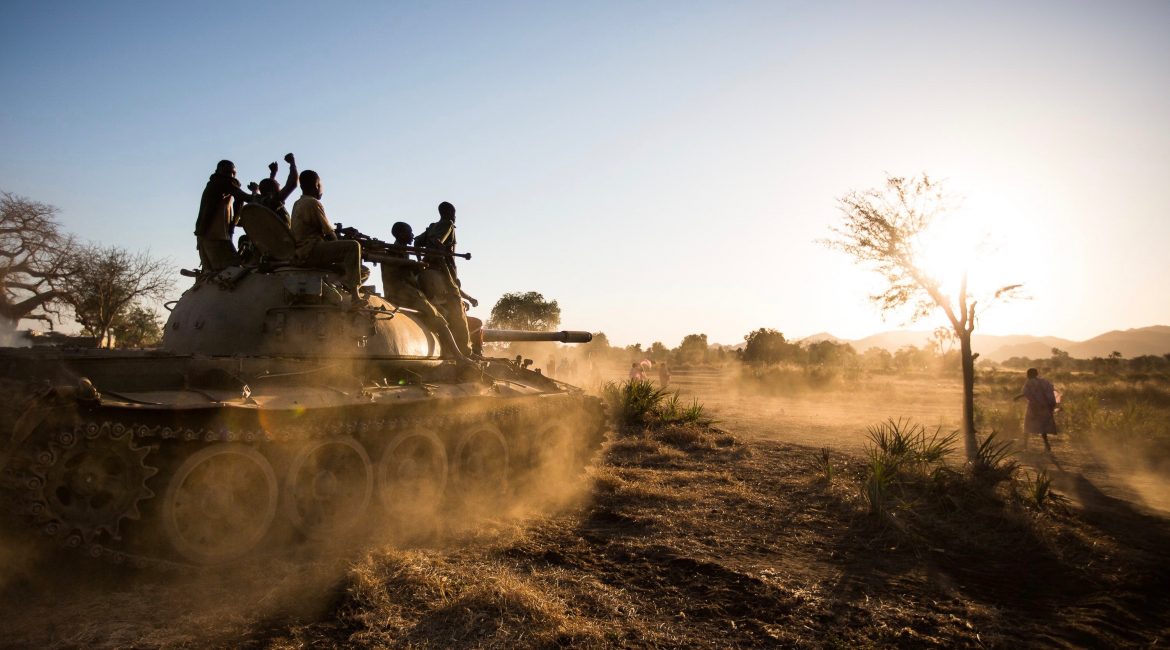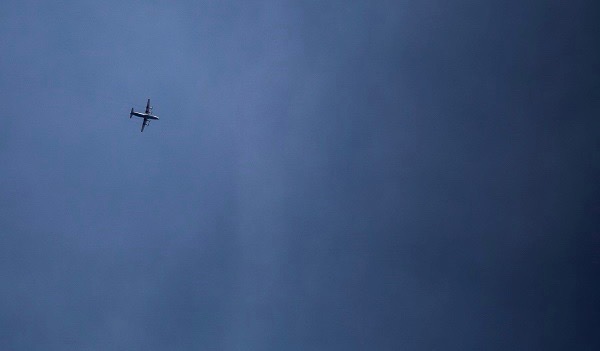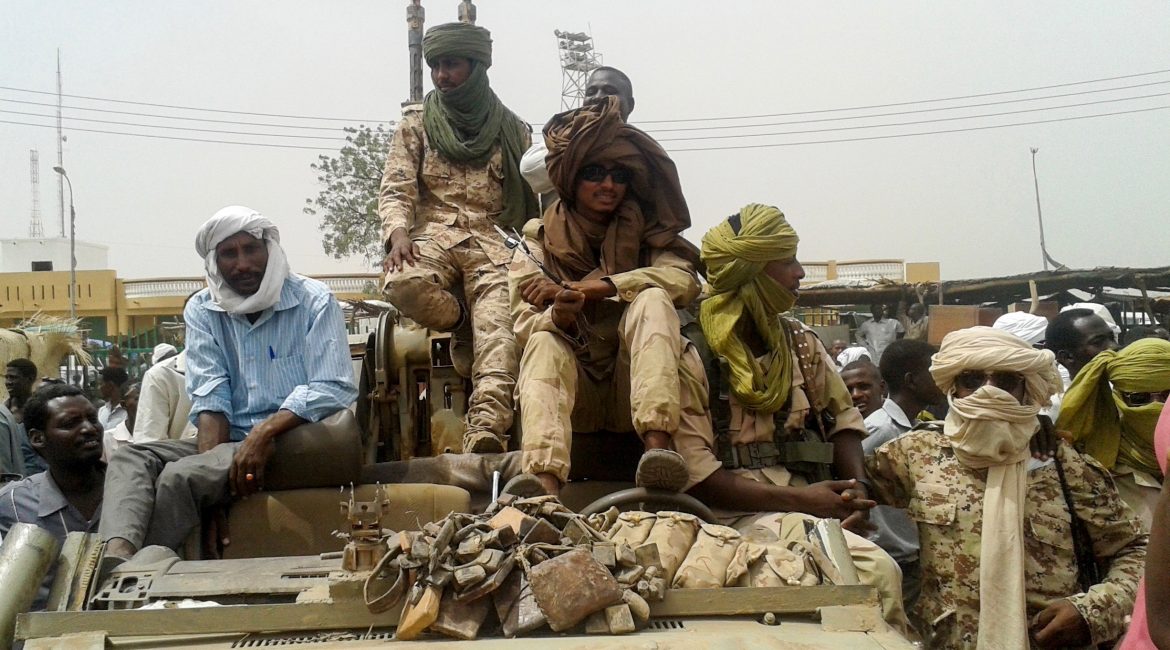Sudan may have violated the UN and EU embargoes by receiving weapons from Iran and China and military trucks from EU countries according to a recent report by an arms research organization.
The report, by Conflict Armament Research (CAR), discloses that the Sudanese Armed Forces (SAF) have expanded efforts to conceal the origin of weapons they deploy and supply to proxy armed groups in the conflict area of Blue Nile state.
SAF resupplied its forces with new and heavier weapon types from Iran and China during the 2016-fighting season in Blue Nile State.
“Our field research shows that Sudanese security agencies remain adept at skirting international restrictions on military equipment supplies,” said CAR Executive Director James Bevan. “They have continued to obtain tactically valuable items through civilian front companies, and during 2016, have increased efforts to conceal the origins of weaponry deployed in conflict zones.”
The organization revealed that Iran has supplied the Sudanese Army with heavier weapons than previously documented.
Iran has also renovated some of Sudan’s T-55 tanks via a commercial entity that is currently under US and UN sanctions. The UN Security Council has prohibited all weapon imports from Iran since March 2007. Sudan will be in violation of this stipulation if delivery from Iran occurred after this date, a likely scenario given their relatively recent usage. SAF forces attacking the western end of the rebel front line in 2016 not only deployed large volumes of weaponry, but new weapon types, the report claims.
Hundreds of thousands of people have been displaced since 2011 from South Kordofan and Blue Nile states when fighting erupted between the government and Sudan People Liberation Army/Movement-North (SPLM/A-N) that complains against economics and political marginalization.
“We agree with the report,” said the rebel spokesman Arnu Ngutulu. “It shows that Iran still supplies weapon to Sudan’s government despite Sudan officially being with Saudi Arabia on its war in Yemen against Iran. SAF also has used the famous Iranian rockets Shihab against us in South Kordofan after they [the Sudan government] boycotted Iran.” Sudan boycotted relationships with Iran last year to join Saudi led coalition in its war against Shia Houthis in Yemen.
The research team identified re-packaged Chinese and Iranian manufactured small arms ammunition with new lot numbers subscribed to boxes implying domestic production and hiding their import status. CAR documented 48 Sudanese-packed crates of ammunition marked with Sudanese-standard lot numbers indicating they were produced in Sudan, for instance, but contained 48,000 rounds of ammunition constructed in China. Khartoum also erased factory codes and serial number markings on Chinese-produced assault rifles.
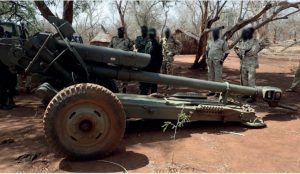
Smuggled arms identified in Blue Nile State (CAR)
According to a 2012 report by CAR, Sudan supplies Iranian-manufactured weapons to pro-government militia forces in the region. A research team identified two types of Iranian ammunition in service with Khartoum-backed militia forces in Darfur and the Two Areas: South Kordofan and Blue Nile states.
The report also disclosed that a Dutch company, Van Vliet, had lawfully provided Sudan with military trucks that are made in Germany. The military trucks from a Dutch company exported from 2010 to 2014 and did not require export licenses for these vehicles at the time. The EU has since expanded export controls on such vehicles. “Military trucks are definitely not weapons, but the EU arms embargo also covers non-weapon platforms and ancillary equipment. The issue is shifting Sudanese front-companies that are being used to access demilitarized vehicles, specifically these kinds of heavy trucks,” CAR Field Researcher Justine Fleischner said.
According to Fleischner, the government concentrated its military forces more in Blue Nile State last year than in the Nuba Mountains, South Kordofan State. The field researcher believes this is due to the relatively smaller size of Blue Nile rather than South Korfofan. “The areas the SPLM-N (rebels) controls in Blue Nile are significantly smaller than the areas under SPLM-N control in South Kordofan.” Fleishner believes SAF focused their attention on Blue Nile since, in comparison to the Nuba Mountains, Blue Nile posed a relatively win with significant mining interests.
The influx of new weapons to Blue Nile State may indicate the involvement of regular SAF forces rather than the proxy militia attacks to which international observers have primarily reported to date. A recent report by a sister research organization, Small Arms Survey, for instance, estimate that at least 5,000 paramilitary forces are present in Blue Nile State.
“The periodic focus on Blue Nile is a common tactic used by the government whereby they focus on South Kordofan State for one fighting season and then Blue Nile State the next,” Ngutulu said.

